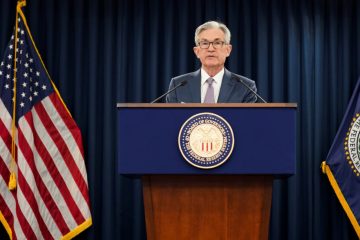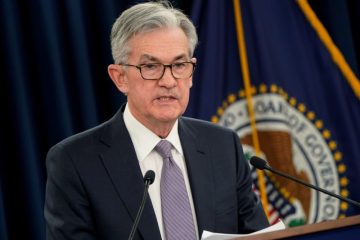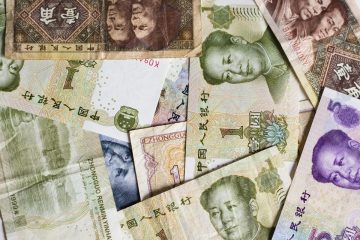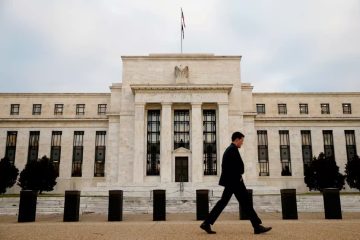Dollar firm ahead of payrolls; kiwi shrugs off rate hike
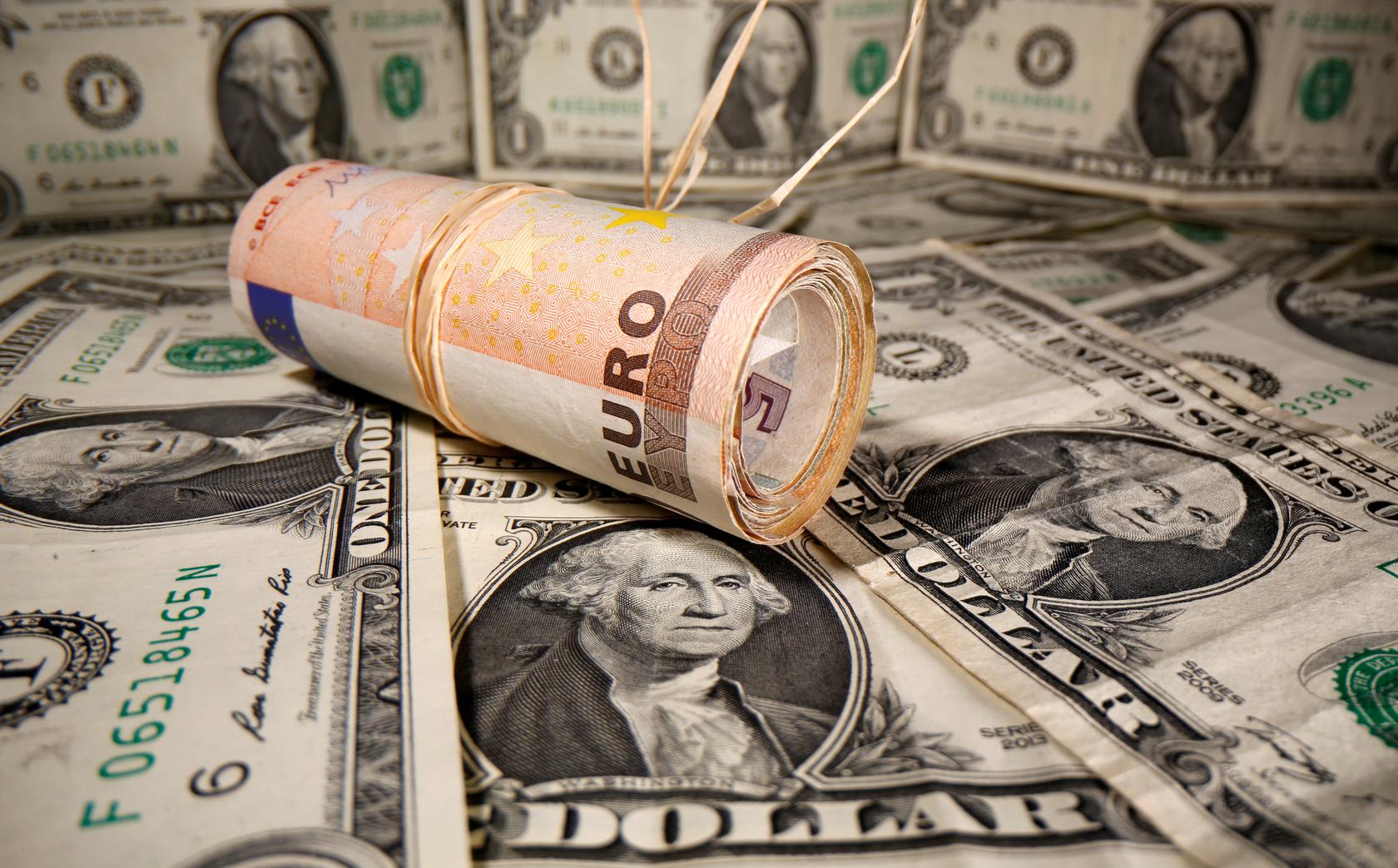
The dollar inched higher in choppy trade on Wednesday amid heightened nerves about the global growth outlook and as traders awaited U.S. jobs data for a clue on the timing of Federal Reserve policy tightening.
The Reserve Bank of New Zealand lifted its official cash rate for the first time in seven years, but the well-telegraphed hike was expected and the New Zealand dollar barely budged.
The kiwi was last 0.3% weaker at $0.6931 and the greenback posted similar gains elsewhere.
The euro was pinned below $1.16 and last bought $1.1590, scarcely higher than the 14-month low of $1.1563 it struck last week. The yen eased to a one-week low of 111.64 per dollar and was within range of the 18-month trough of 112.08 that it visited last Thursday.
The Australian dollar weakened 0.3% to $0.7267.
The greenback has won support as investors brace for the Federal Reserve to begin tapering asset purchases this year and lay the ground for an exit from pandemic-era interest rate settings well before central banks in Europe and Japan.
“Interest rate differentials are starting to have more of an influence on currencies than they have for quite some time,” said Kim Mundy, analyst at the Commonwealth Bank of Australia in Sydney, as an era of suppressed super-low rates starts to end.
“Now that the Fed is starting to look to taper and look to the exit, we think we might see a lift in market pricing for rate hikes which will help to support the USD,” she added.
Fed funds futures markets are priced for rate hikes to begin around November 2022, but anticipate rates topping out at just over 1% through most of 2025 even though Fed members project rates reaching 1.75% in 2024.
U.S. non-farm payrolls data due on Friday is seen as crucial to informing the Fed’s tone and timing, especially should the figures wildly impress or disappoint. Private payrolls figures, a sometimes unreliable guide, are due around 1215 GMT.
A large miss on market expectations for around 428,000 jobs to have been added in September could dampen expectations for Friday’s broader figure, which is forecast at 473,000.
Dollar in charge
Elsewhere, commodity-linked currencies drew support from oil prices, which have surged to three-year highs. The Canadian dollar sits near a one-month peak and is close to testing its 200-day moving average. Against the euro, the Canadian dollar hit a 19-month high overnight.
Sterling has recovered some of last week’s sharp selloff against the dollar but lost momentum through the Asia session and it steadied at $1.3616 and held just below Tuesday’s three-week peak on the euro .
In New Zealand a 25 basis point rate hike and familiar hawkish tone from the central bank turned out to be a non-event for traders and did little to shift the currency or expectations for further hikes in November and February.
“We’re on a path towards a series of rate hikes and the market is well priced for that,” said Jason Wong, senior market strategist at BNZ in Wellington. For the kiwi, that means “the U.S. dollar is in charge,” he said.
“That’s about the Fed, really, but globally what we’re seeing in China and the energy crunch we’re seeing in Europe all feeds into the mix and all makes markets nervous which adds to support for the dollar.”


